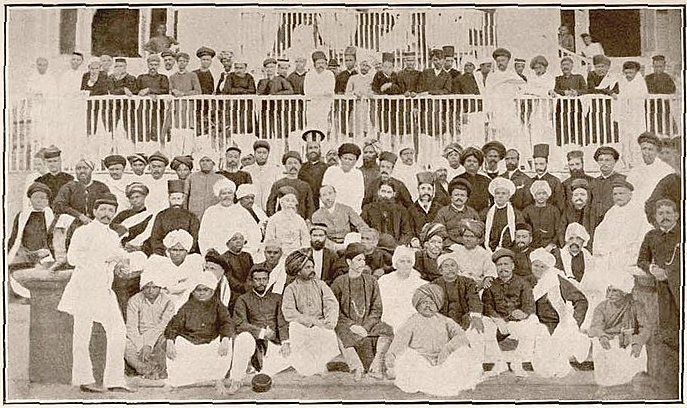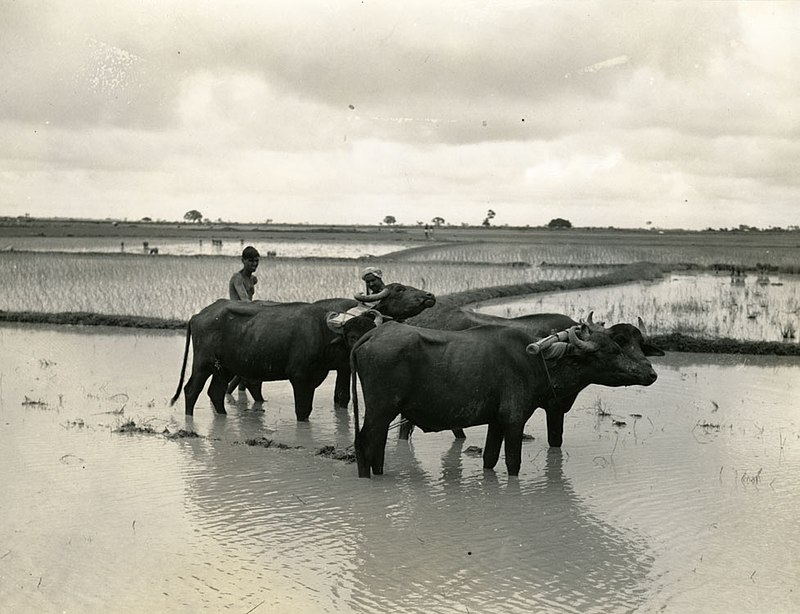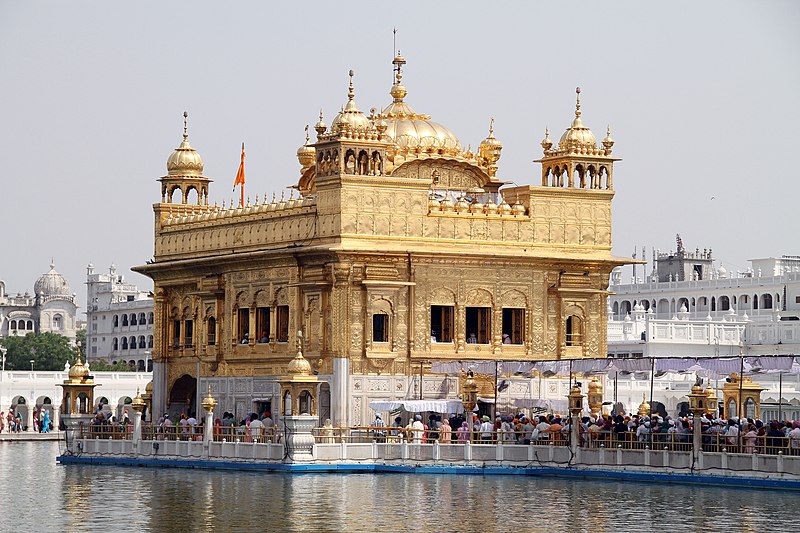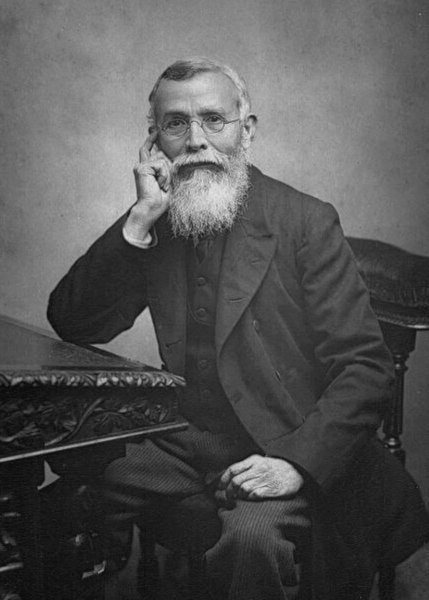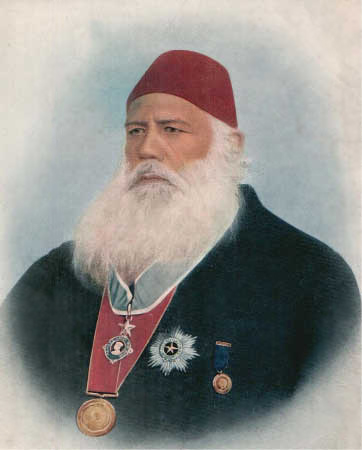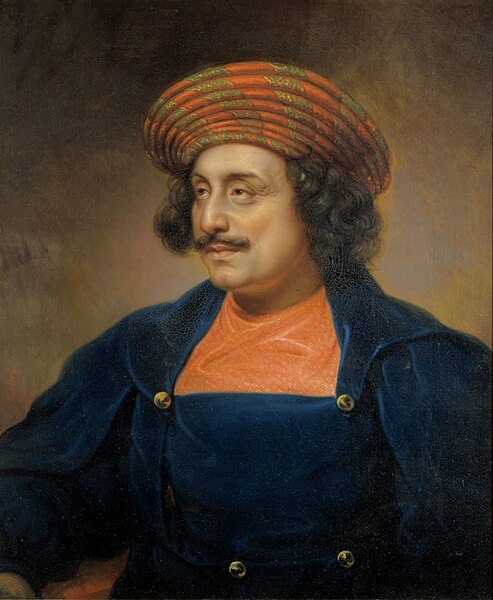General Studies 1
Himalayas: Structure of Himalayas
Trans Himalayas Length – 1,600 km Alignment Direction – Extending in a west-east direction parallel to the main Himalayan range. Located north of the Yarlung Tsangpo River on the southern edge of the Tibetan Plateau. Indus Tsangpo Suture Zone The … Continue reading
Himalayas: Formation of Himalayas
Formation Himalayas are the outcome of a collision between the Indian plate and the Eurasian plate. During the Cretaceous period, the Indian peninsula broke away from Gondwana and started its northward journey. The Tethys present between the two plates got … Continue reading
India and Neighbours
India’s Border Countries Name of the country Length of the border Bangladesh 4096.7 China 3488 Pakistan 3323 Nepal 1751 Myanmar 1643 Bhutan 699 Afghanistan 106 Total 15106.7 Bangladesh Shares the longest border with India. Name of Border – Radcliffe line … Continue reading
Indian Geographical Extent and Frontiers
Facts to Know India is located entirely in the northern hemisphere and in the south-central part of the continent of Asia. It is located between latitudes 8°4’N and 37°6’N and longitudes 68°7’E and 97°25’E. India is the 7th largest country … Continue reading
Political Organisations Before the Formation of the Congress
Bangabhasha Prakasika Sabha (1836) Founded by Raja Rammohan Roy. Objectives Liberty of press Indianisation of services Codification of laws Landholders Society/ Zamindari Association (1838) Founded by Dwarkanath Tagore. Objective – Safeguarding the interest of landlords. British India Society (1839) Founded … Continue reading
Land Revenue System
Zamindari System The Zamindari system was introduced by Lord Cornwallis in 1793 through Permanent Settlement. Under the Zamindari system, the land revenue was collected from the farmers by intermediaries known as Zamindars. The share of the government in the total … Continue reading
Socio and Religious Reform: Sikh Reform Movements
Singh Sabha Movement To strengthen Sikhism, a small group of prominent Sikhs led by Thakur Singh Sandhawalia and Giani Gian Singh founded the Singh Sabha of Amritsar on October 1, 1873. Objective: To restore Sikhism to its pristine purity, to … Continue reading
Socio and Religious Reform: Parsi Reform Movements
Rehnumai Mazdayasan Sabha Founded by Dadabhai Naoroji, J.B. Wacha, S.S. Bangali, and Naoroji Furdoonji in 1851. The objective of the association was “the regeneration of the social conditions of the Parsis and the restoration of the Zoroastrian religion to its … Continue reading
Socio and Religious Reform: Muslim Reform Movements
Deoband Movement The Deoband Movement was organised by the orthodox section among the Muslim ulema as a revivalist movement. Objectives Propagating pure teachings of the Quran and Hadis among Muslims Keeping alive the spirit of jihad against foreign rulers. The … Continue reading
Socio and Religious Reform: Hindu Reform Movements
Brahmo Samaj Raja Ram Mohan Roy founded Brahmo Sabha in 1828, which was later renamed Brahmo Samaj. Its chief aim was the worship of the eternal God. It was against priesthood, rituals, and sacrifices. It focused on prayers, meditation, and … Continue reading



